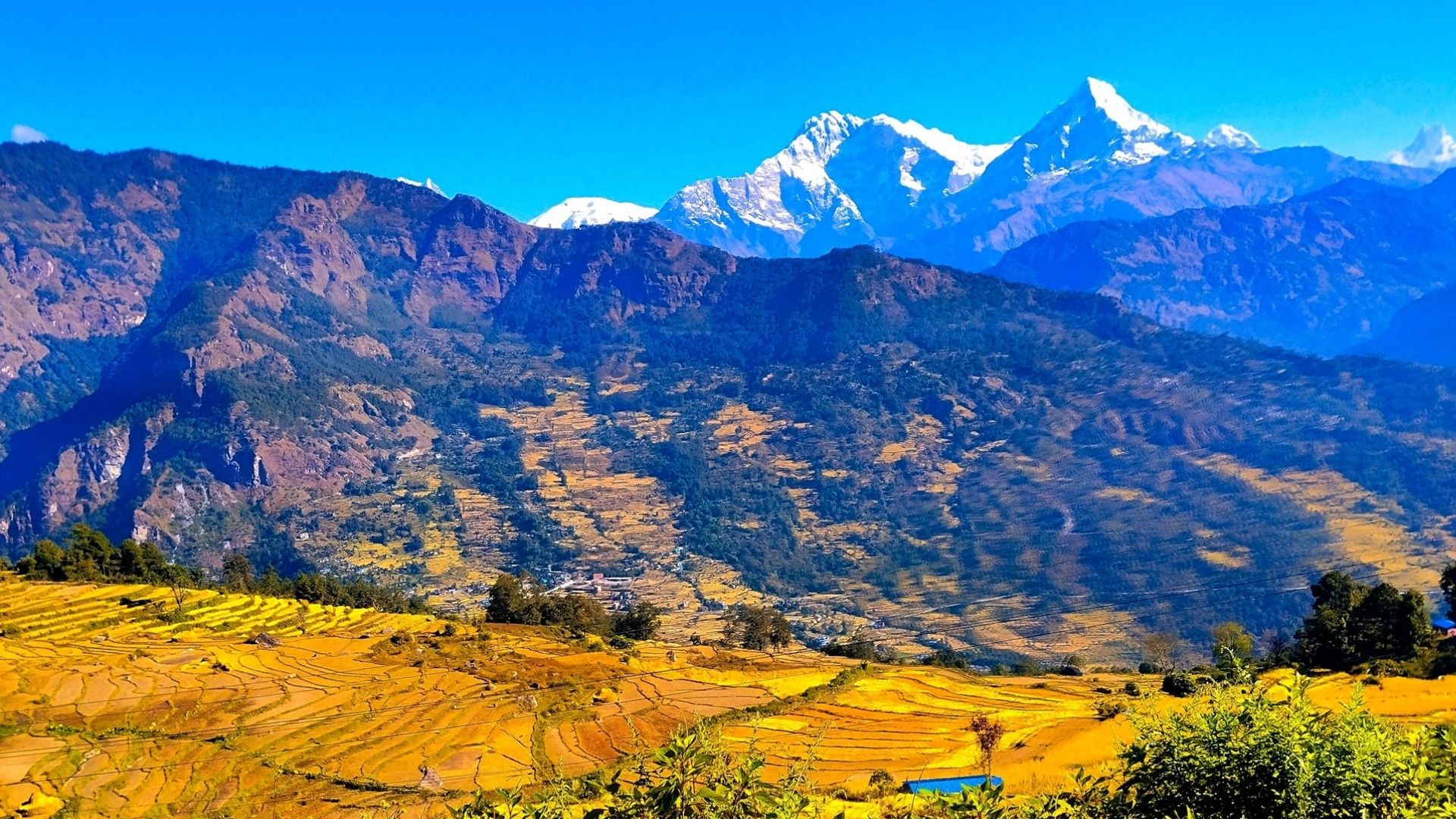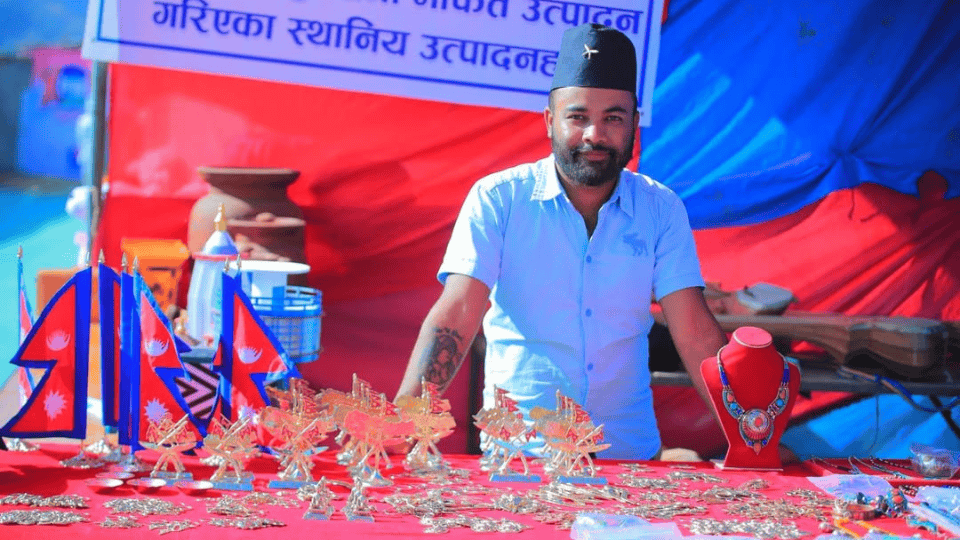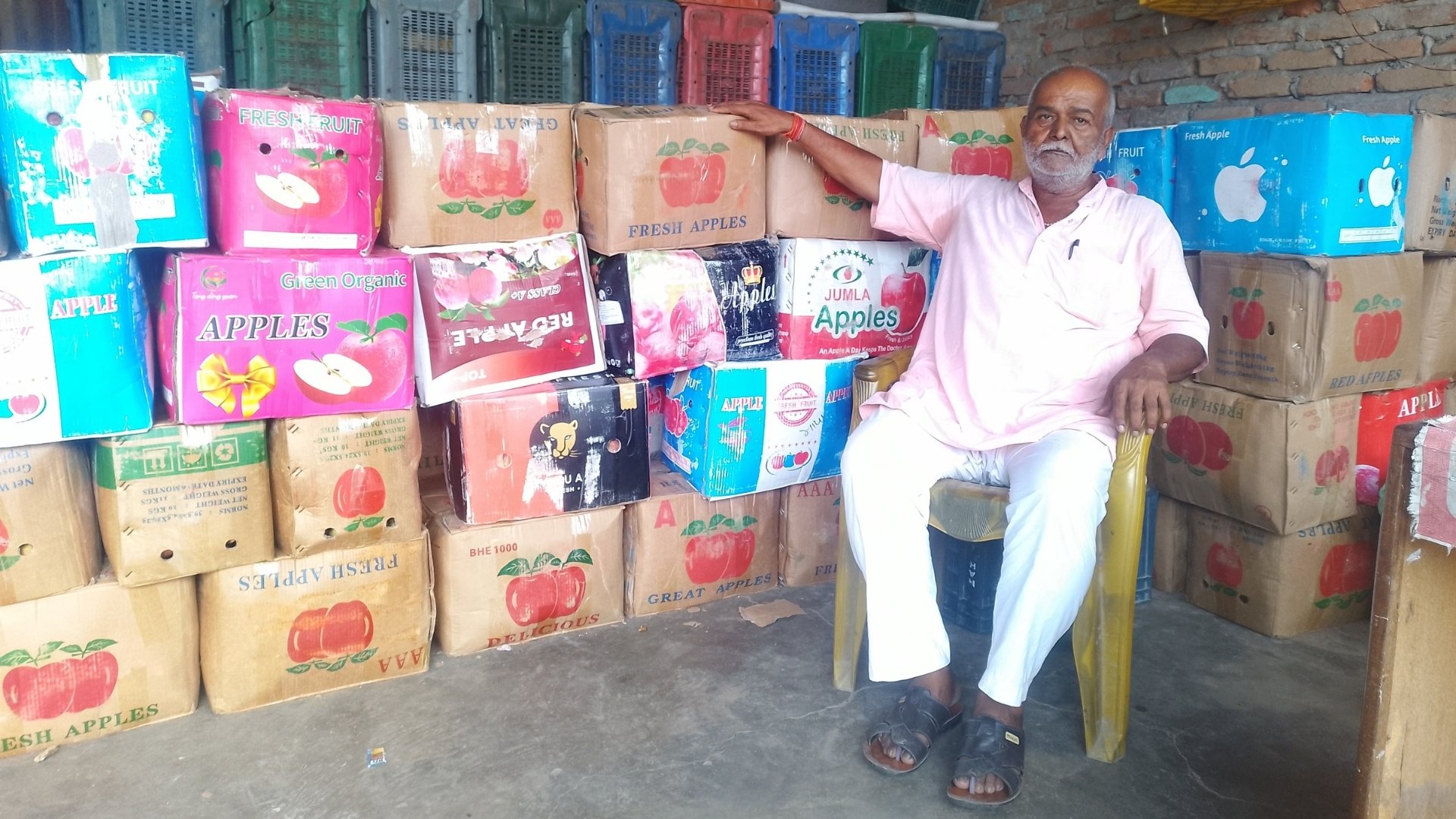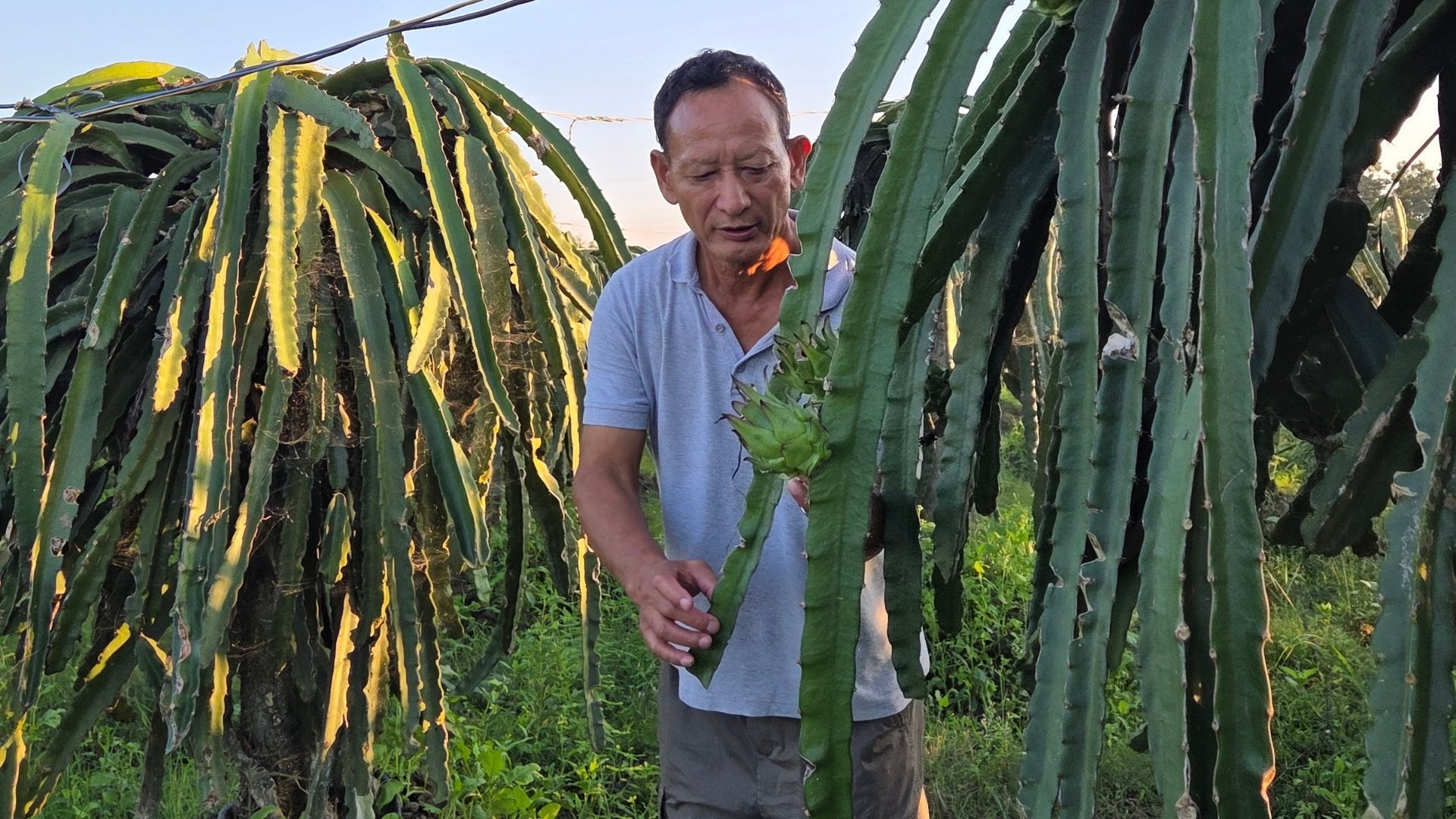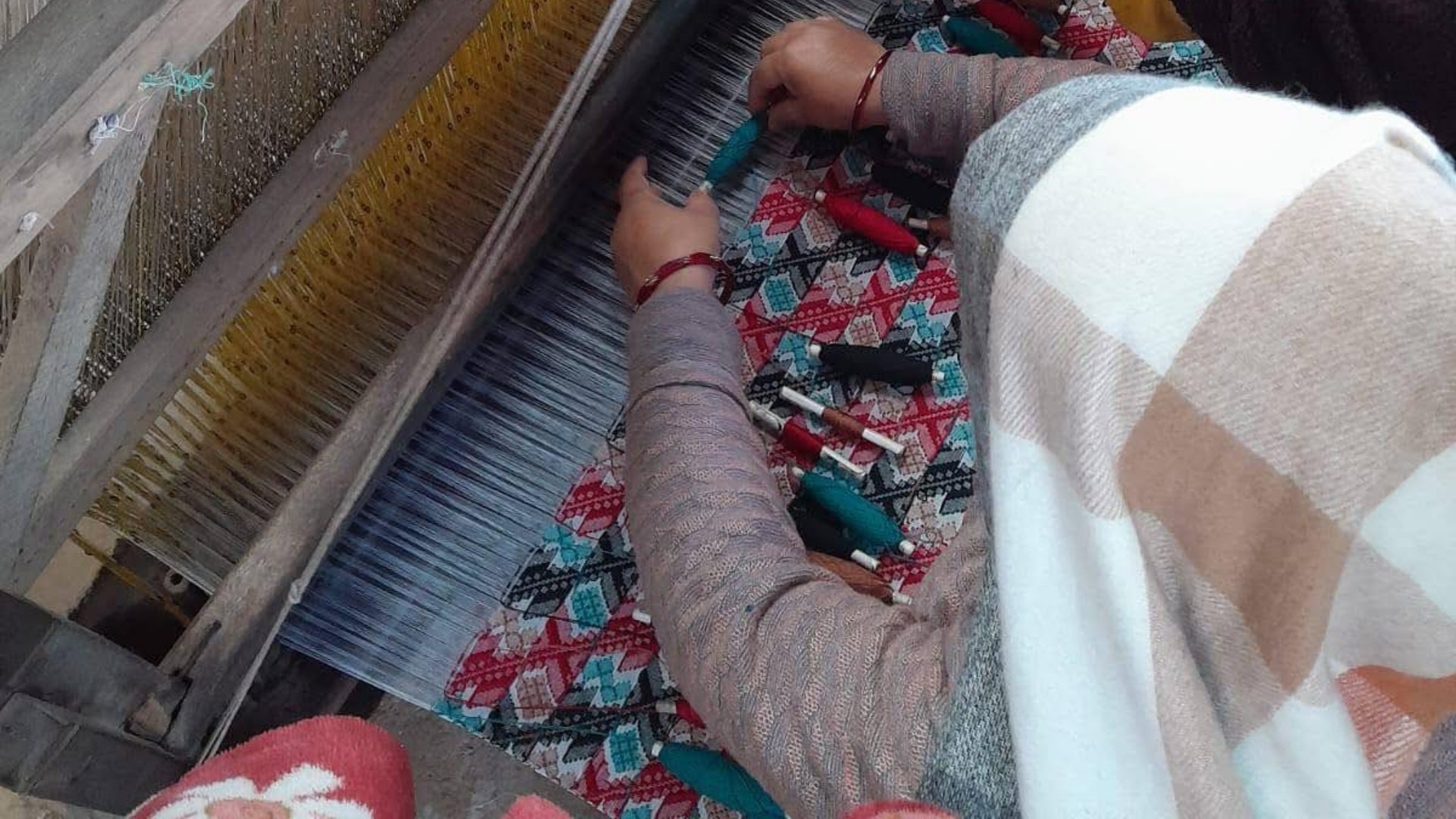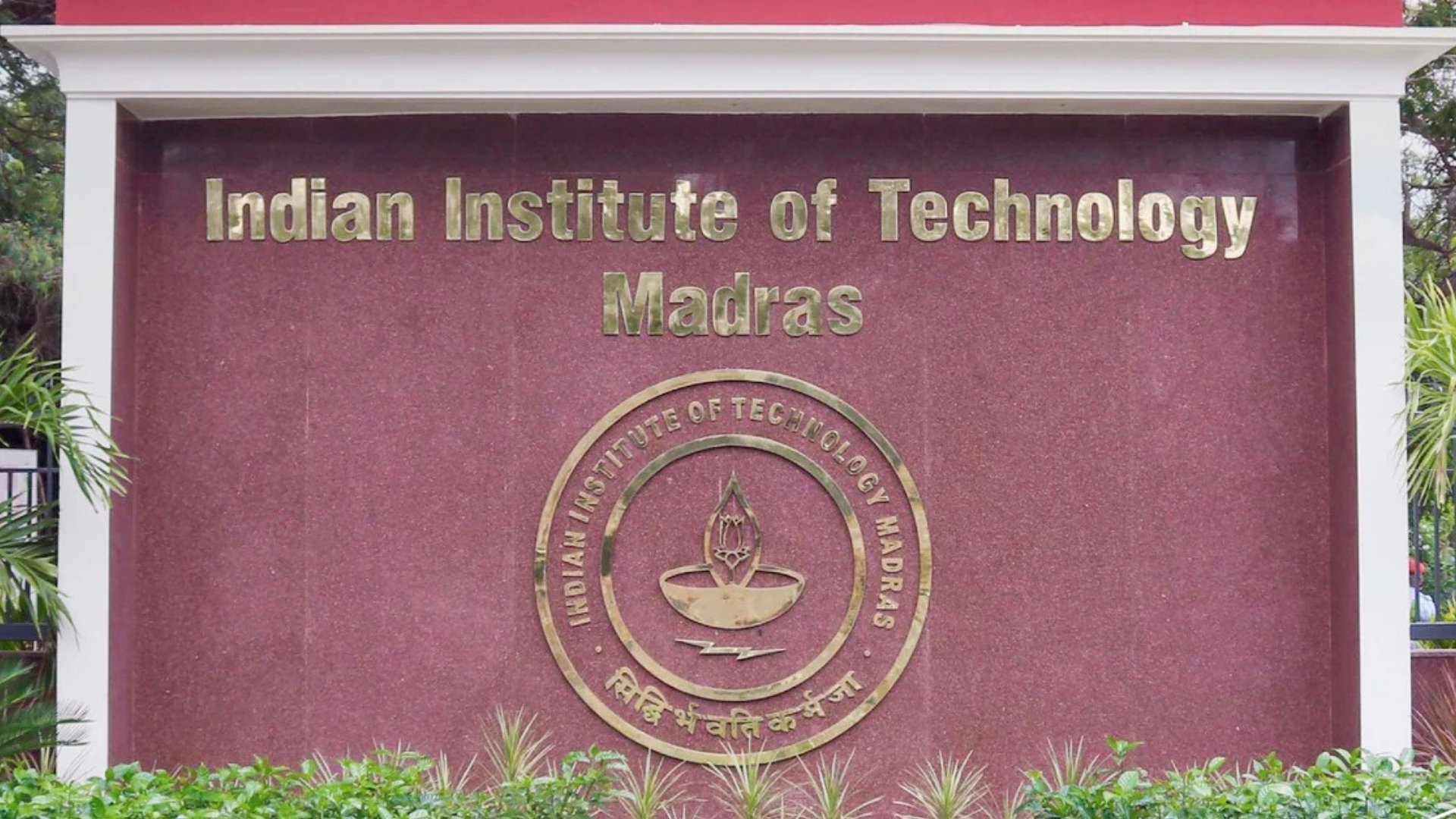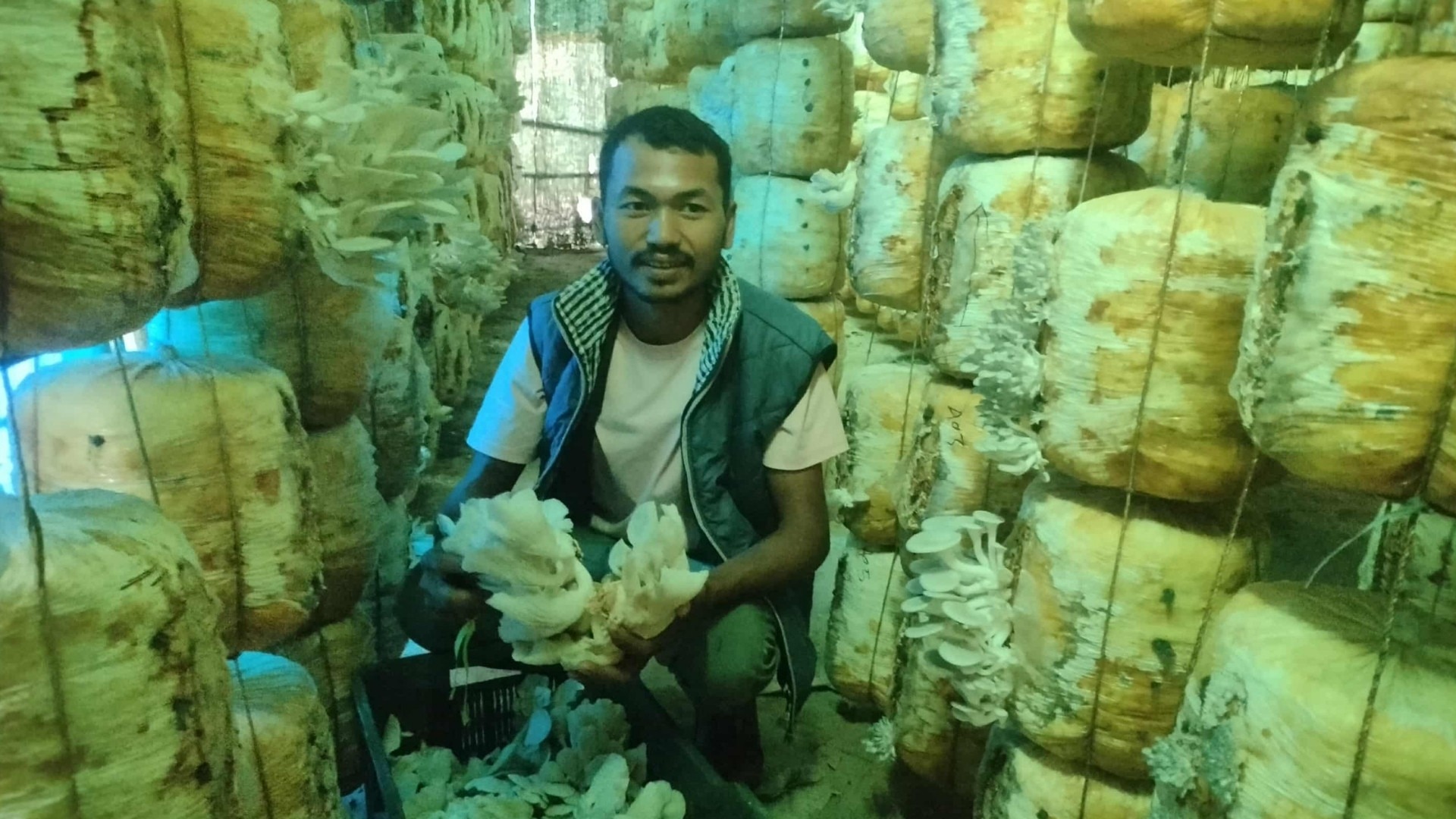Prioritizing production over quality, farmers in Myagdi district are increasingly drawn toward cultivating high-yield hybrid rice varieties. Traditionally fertile lands such as Jyamrukot, Ratnechaur, Pulachaur, Babiyachaur, and Rakhukh fields — once known for indigenous rice — are now seeing a growing trend of improved rice varieties replacing the native ones.
Until about two decades ago, most paddy fields across Myagdi were dominated by traditional rice varieties like Gauriya, Gudura, Jethobudho, Takmare, and Jaudhan. Today, however, it has become almost impossible to find these local rice types in the region. According to agricultural technicians, the practice of cultivating indigenous rice varieties has nearly vanished, replaced by an increasing preference for new hybrid strains.
In Ratnechaur of Beni Municipality–1, farmers have even stopped growing Jaudhan, a rice variety known for its medicinal properties. As a result, Bhuja — a popular and traditional local delicacy made from Jaudhan — is now on the verge of disappearing into history.
Although the Agriculture Knowledge Center in Myagdi has been emphasizing the conservation and production of local rice seeds, officials admit that the campaign is under threat as farmers themselves prefer improved varieties. Prashant Poudel, an agricultural technician from Mangala Rural Municipality, said that efforts are underway to conserve native rice seeds. Because traditional varieties tend to have lower resistance to diseases, the municipality is working on cross-breeding them with disease-resistant types to preserve their genetic traits. Seeds of endangered varieties are being collected and stored in the “Gene Bank” located in Khumaltar, he added.
Local resident Padampani Sharma lamented that the fragrant Gauriya rice, once widespread in Bagarphat, has now completely disappeared. “In the past, the aroma of Gauriya and Gudura rice would spread across the entire area during harvest season,” he recalled. “But now, perhaps due to the excessive use of chemical fertilizers, even the rice we cook at home has lost its fragrance. Production is lower, and the taste isn’t the same as before.”
These traditional rice varieties, grown at altitudes ranging from 300 to 1,200 meters above sea level, once represented the region’s ancient agricultural heritage. However, in recent years, varieties such as Gauriya, Gudura, Aanga, Jau, Bhatte, Marshi, Thimuha, Jethobudho, Pokhreli, Takmare Burmeli, and Ekle have largely disappeared, farmers say.
According to the Agriculture Knowledge Center, paddy is cultivated across approximately 3,890 hectares of land in Myagdi district. The cultivation of indigenous rice varieties like Gauriya, Gudura, Jethobudho, Jarnele, Pahenle, Marshi, Takmare, Bhatte, and Chamrung is steadily declining. Instead, farmers are increasingly attracted to improved hybrid varieties such as Machhapuchhre, Annapurna–3, Khumal–4, Khumal–10, and Lumle–2.


